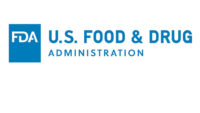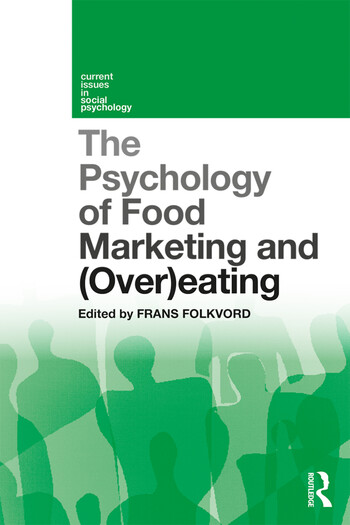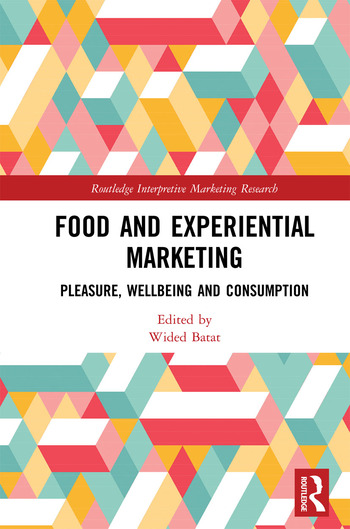Health Risks Associated with Eating Certain Foods
Consumers appear unfazed by new research linking particular foods with health conditions

A World Health Organization study showing a link between processed and red meat consumption and cancer raises the question, will consumers reduce their intake of these foods? If history repeats itself, the study will have little impact on the consumption of these foods, according to leading global information company The NPD Group, which has continually tracked all aspects of eating attitudes and behaviors for over 30 years.
Using history as a predictor of future consumption behavior, NPD analyzed consumption behaviors after a 2002 American Cancer Society report recommended that consumers limit their consumption of processed and red meats, especially those high in fat. The ACS report, which was widely publicized at the time of its release, cited epidemiologic studies that found populations with diets high in fruits and vegetables and low in animal fat, meat, or calories have a reduced risk of some of the most common types of cancer. In its recommendations, ACS stated that in the United States, about 35% of cancer deaths may be avoidable through dietary modification.
The NPD analysis, which was based on information collected through its National Eating Trends® service, looked at consumption trends for processed meats, fish/seafood, steak, bacon/substitute bacon, poultry, ham, pork (excluding ham and bacon), and ground beef/hamburger/patties/and dishes. There was no discernible difference in the consumption of processed and red meats or many of the other animal proteins tracked after the ACS guidelines were released compared to eating patterns prior to 2002. Processed meat consumption did decline somewhat beginning in 2005 until 2007 when its consumption steadily increased through 2014. Poultry consumption also increased from 2003 through 2007 and has plateaued since.
Since attitudes and behaviors can differ, NPD also looked at consumers’ intentions to eat processed and red meats after the release of the ACS’ dietary guidelines in the spring of 2002 using data from its Food Safety Monitor, which continually tracks awareness and concern about food safety issues. Eating intentions for these foods continued to follow the same patterns as before the release of the ACS guidelines.
Looking for a reprint of this article?
From high-res PDFs to custom plaques, order your copy today!







